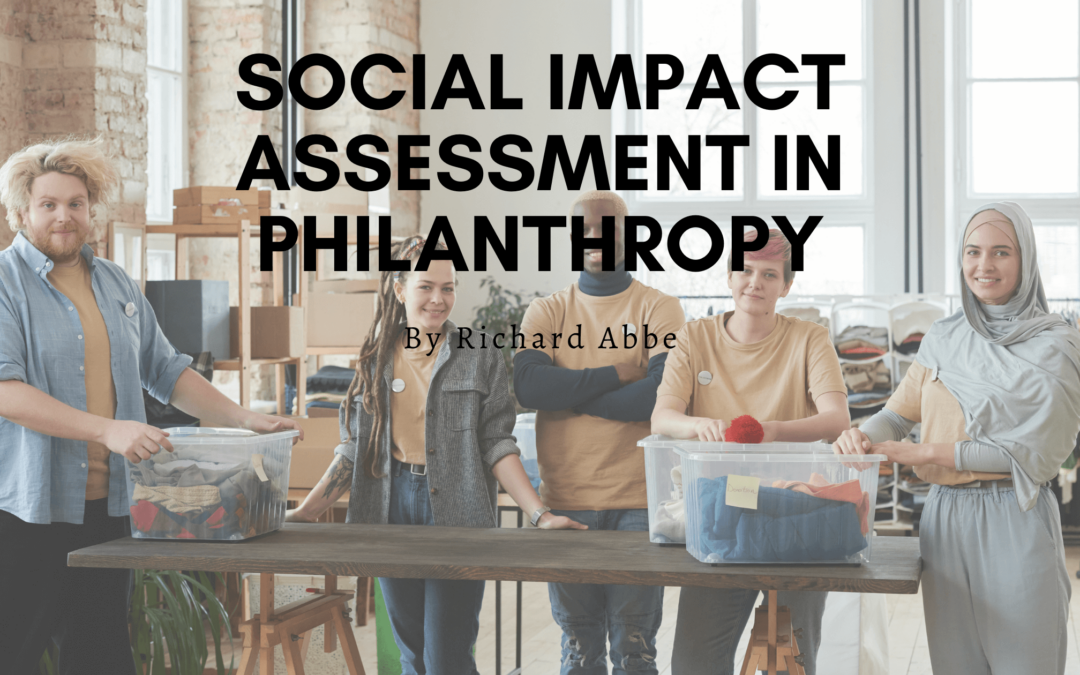In the world of philanthropy, the desire to make a positive social impact is a driving force. However, to truly understand the effectiveness of philanthropic efforts, it is essential to conduct a thorough social impact assessment. This assessment involves evaluating the outcomes and long-term effects of charitable initiatives to determine their true value and identify areas for improvement.
Defining Social Impact Metrics
The first step in conducting a social impact assessment is to define clear and measurable metrics. These metrics should align with the goals and mission of the philanthropic initiative. Whether it’s improving access to education, reducing poverty, or advancing healthcare, specific metrics provide a framework for evaluating progress and impact. Examples of commonly used metrics include the number of individuals reached, changes in behavior or attitudes, and improvements in key social indicators. It is important to select metrics that are relevant, realistic, and aligned with the desired outcomes of the philanthropic effort.
Collecting and Analyzing Data
Collecting and analyzing data is crucial for understanding the impact of philanthropic initiatives. This involves gathering both quantitative and qualitative data through various methods such as surveys, interviews, focus groups, and observation. Quantitative data provides measurable insights, while qualitative data offers a deeper understanding of the experiences and perspectives of those affected by the initiatives. Analyzing the data requires careful consideration of statistical techniques and research methodologies to ensure accurate and reliable results. It is important to establish a baseline measurement before implementing the initiative and to collect data at regular intervals to track progress over time.
Engaging Stakeholders and Beneficiaries
To conduct a comprehensive social impact assessment, it is crucial to engage with stakeholders and beneficiaries. This includes collaborating with community members, nonprofit organizations, and other relevant partners. By involving these stakeholders in the assessment process, their insights and perspectives can be incorporated into the evaluation, providing a more comprehensive understanding of the impact. Additionally, engaging with beneficiaries allows philanthropists to better understand their needs and aspirations, ensuring that the initiatives are aligned with their goals and promoting inclusivity in decision-making processes.
Applying Impact Measurement Frameworks
To streamline the social impact assessment process, philanthropists can leverage existing impact measurement frameworks. These frameworks provide a structured approach to evaluating the effectiveness of philanthropic efforts. Examples of widely used frameworks include the Logic Model, Theory of Change, and Social Return on Investment (SROI). These frameworks help organizations define their inputs, activities, outputs, outcomes, and impacts, facilitating a systematic approach to measuring and communicating social impact. By adopting these frameworks, philanthropists can ensure consistency and comparability in their assessments, enabling them to track progress, identify areas for improvement, and communicate impact more effectively.
Continuous Learning and Adaptation
Social impact assessment is an iterative process that requires continuous learning and adaptation. As philanthropic initiatives evolve and new challenges arise, it is important to gather feedback, reflect on the findings of the assessment, and make adjustments accordingly. This ongoing evaluation allows philanthropists to refine their strategies, allocate resources more effectively, and maximize their impact. By fostering a culture of learning and adaptation, philanthropists can continuously improve their initiatives and drive positive change in a dynamic and ever-changing world.
Social impact assessment in philanthropy plays a vital role in understanding the effectiveness and influence of charitable initiatives. By defining clear metrics, collecting and analyzing data, engaging stakeholders, utilizing impact measurement frameworks, and fostering a culture of continuous learning, philanthropists can ensure their efforts create meaningful and sustainable social impact.

